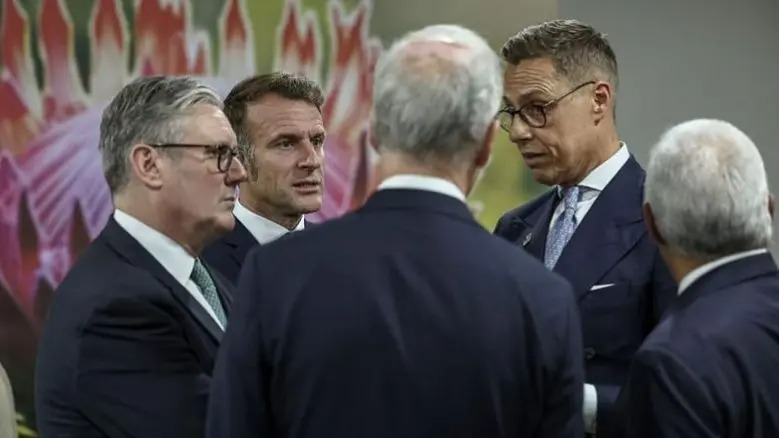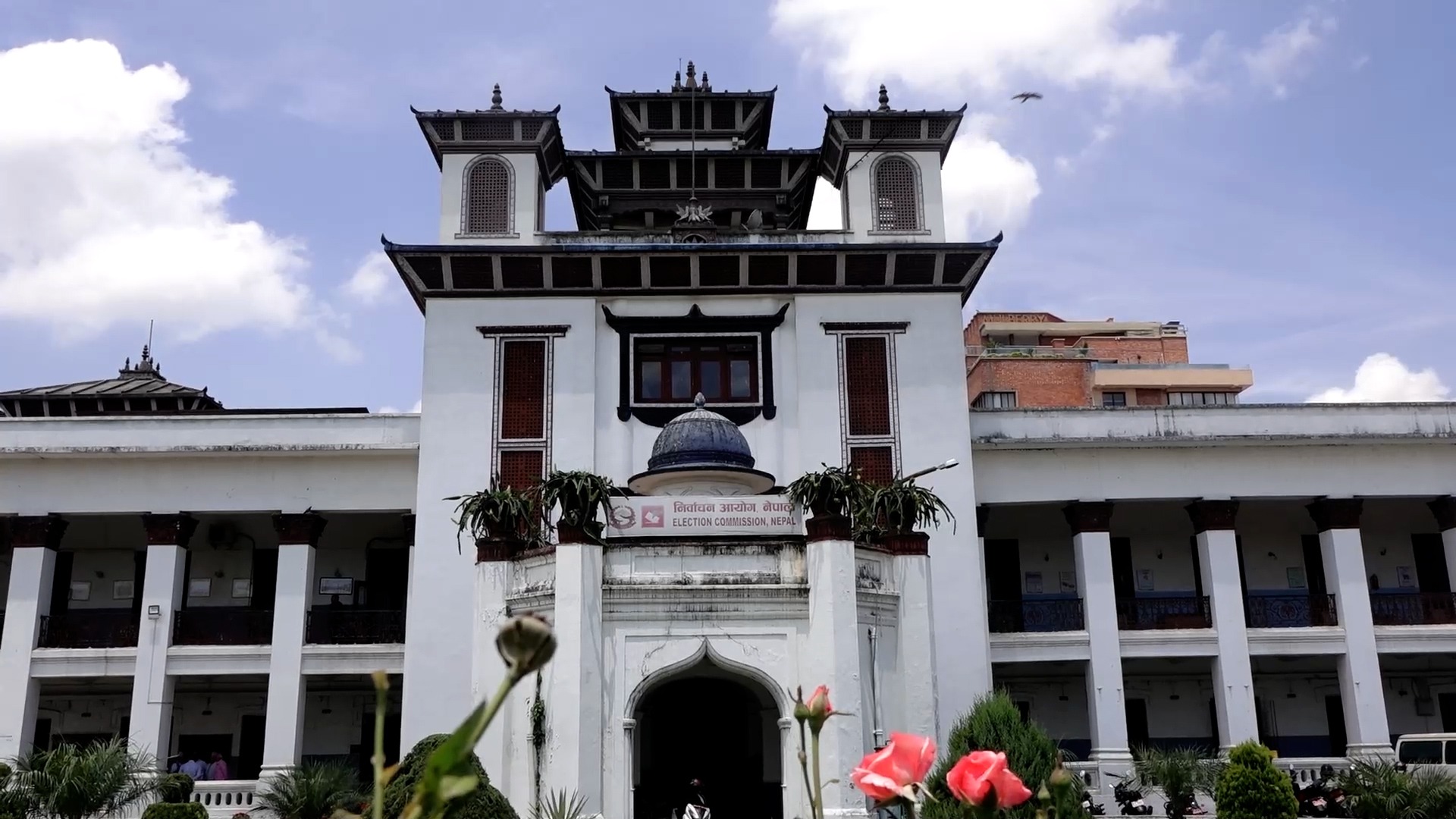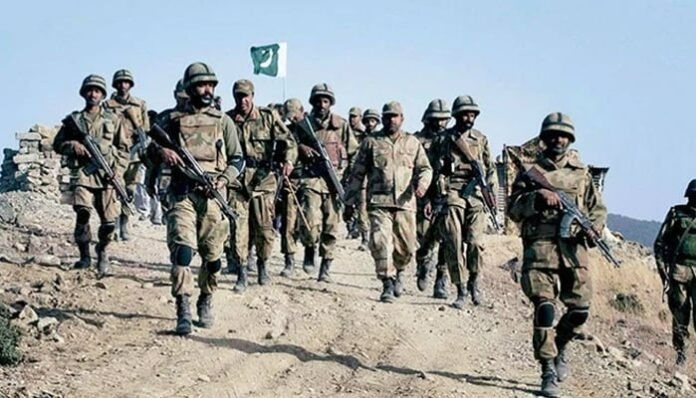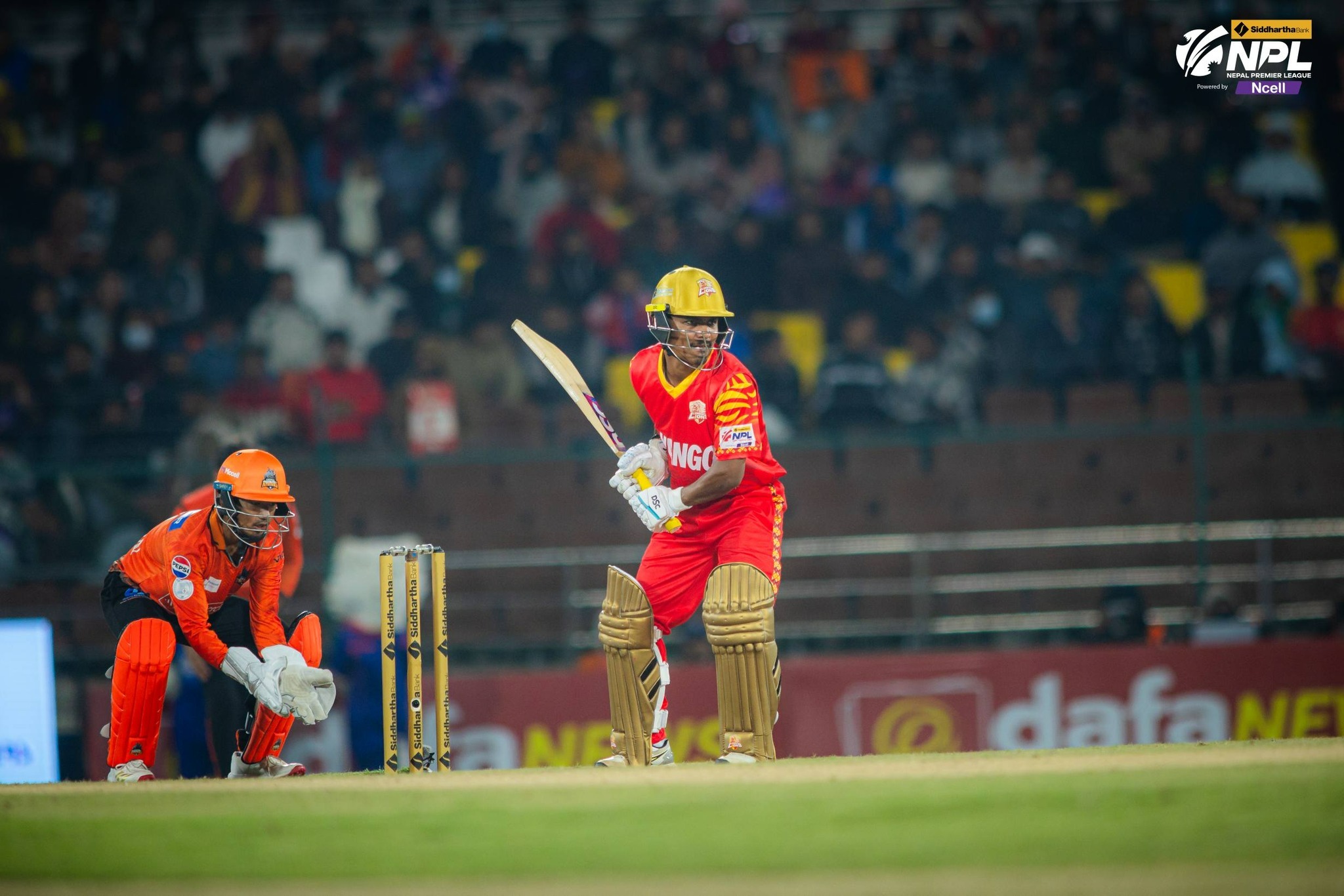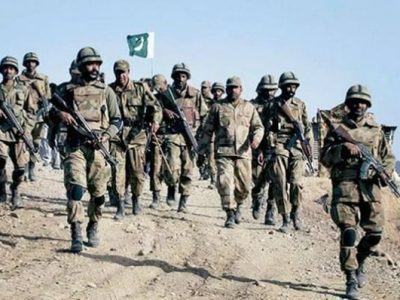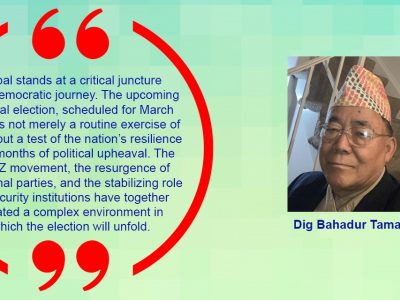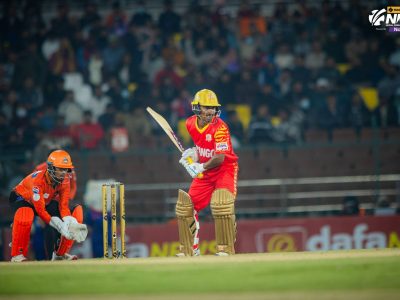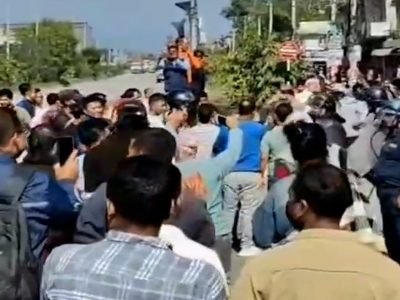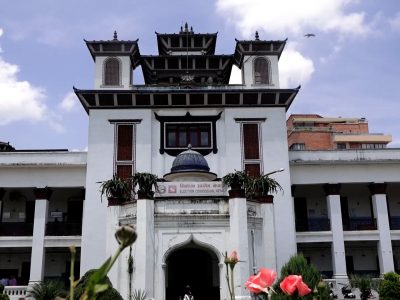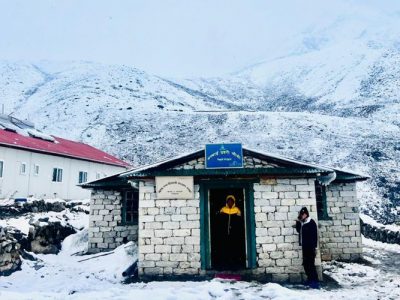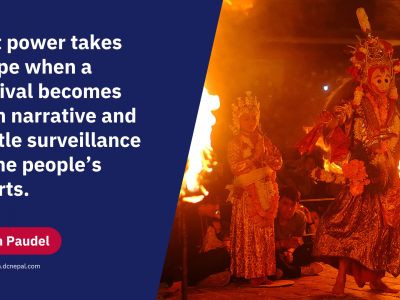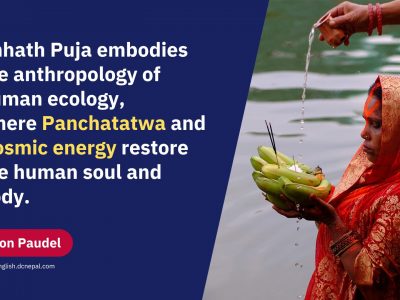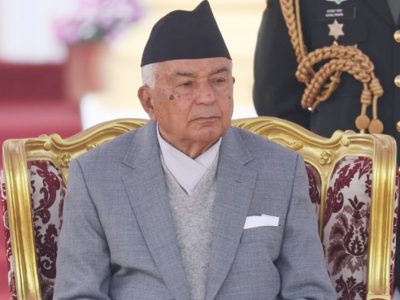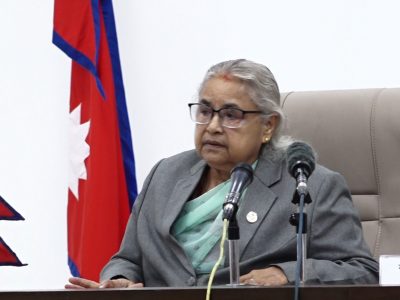The Cost of Militarized Policing in Nepal: Lessons from the September 2025 Gen Z Revolution

From 2005 to 2021, over a span of 16 years, Nepal Police bullets claimed 19 civilian lives. In the autumn of 2025, the same number were killed in a single day. The ten-year Maoist conflict had cost Nepal $2 billion — about 10% of its GDP. Yet just two days of Gen-Z protests drained $21.3 billion USD (approx. 3 trillion NPR) — nearly half of the nation’s economy.
On September 8 and 9, 2025, Gen Z protests against the draconian social media ban were crushed with ruthless force. The brutality ignited chaos, toppled the elected government within 27 hours, and opened a dark chapter in Nepal’s democratic history.
What began as a peaceful protest against corruption, unaccountability, and digital repression quickly spiraled into one of the deadliest uprisings since the insurgency. Unarmed demonstrators — some carrying nothing more than cardboard signs or a single stone — were met with live rounds. Dozens of lives were lost in preventable killings. Instead of deepening democracy, authorities imposed wartime restrictions. For two days, the democratic government acted with distortion, arrogance, and outright despotism.
Nepal’s political parties had misruled for decades — arrogant, corrupt, and insulated from the very people they claimed to represent. The final rupture came when leaders entrenched a “middleman’s state,” where family networks and corrupt cartels fed off the nation while democracy rotted within. When bullets tore through peaceful crowds, the bond between citizens and government was shattered.
To shield a kleptocracy and preserve a cliqueocracy, the state unleashed unforgivable violence. Shooting peaceful or minimally confrontational civilians was not just disproportionate — it was indefensible. Every bullet fired against unarmed citizens demands accountability. The fallen government trampled constitutional rights to freedom of expression and peaceful assembly, violating international norms with impunity. Law enforcement became pawns of political masters. They must now be hauled before the law — not shielded by politics, not buried in impunity.
The Legal and Moral Questions
Nepal is bound by its constitution and international law — including the UDHR, ICCPR, CRC (1989), and the UN Basic Principles on the Use of Force and Firearms — all of which demand that force be necessary, proportionate, and a last resort to protect life. Yet during the Gen Z protests, these standards were flagrantly ignored. Investigations by THRD Alliance and others reveal that lethal force was used even when no imminent threat existed.
Law enforcement failed both legally and morally. Policing without moral authority is like Gandhism without non-violence. The Chief District Officer cannot escape accountability for the blood spilled. Regardless of where orders came from, every officer had both the duty and the power to limit death and injury. Instead, they carried out unlawful commands with blind obedience — and therefore must bear full weight of law.
Systemic Failures Exposed
Accounts from riot-control officers reveal a grim truth: unclear operational plans, fractured chains of command, and the absence of de-escalation protocols. Pushed into chaos with limited tools and training, protesters were treated as enemies and shot in the head and chest — a military-style shoot-to-kill approach. Dialogue never stood a chance.
The deeper problem lies in Nepal’s obsession with militarized policing. Weaponization of politics, institutional opacity and a decade of political interference have diminished the law enforcement agencies to its nadir. Undertrained, underpaid, under-resourced, and overstretched, officers in crisis fall back on one instinct: pulling the trigger. Historically, Law enforcement agencies in Nepal confront crowds with indiscriminate aggression rather than negotiation, mediation, or communication — especially when barricades are breached.
The Armed Police Force (APF), being paramilitary and combat-trained, is better suited for riot situations but suffers from logistical weaknesses. Burdened with too many mandates, APF is often treated by Chief District Officers as an “alternative” to Nepal Police rather than a specialized cumulative force. In both agencies, promotions and postings follows political loyalty rather than professional competence. Senior leadership submits to political masters; officers who act in good faith risk their careers.
Nepal Police and APF lacks dedicated standing riot-control unit. Personnel rotate in and out like a musical chair, leaving critical gaps in expertise. Worse, during crises, reinforcements are often made up of raw recruits — untrained and unprepared — no better than temporary “myadi prahari.”
Thus, the devastating outcome of September 2025 was no surprise.
The Judicial Commission investigating the Gen Z protests must dismantle the culture of political interference and militarization, along with entrenched corruption and the pervasive “ABC syndrome” (aafno manche, bhansun, chakdi). Unless these toxic practices are eradicated, law enforcement will continue to fail, no matter how many competent officers are hired and trained.
Why This Brutality Was Preventable — and Why Reform Is Urgent
Police reform in Nepal is no longer a matter of policy debate — it is a national emergency. Since the Nepal Police Act of 1955, more resources have been spent on military-style training than on legal, ethical, and moral instructions.
The Ministry of Home Affairs must undertake comprehensive security sector reform (SSR). This includes creating an independent police commission to oversee recruitment and career development, and an independent oversight body, ombudsperson, to investigate use-of-force incidents. Training must be decoupled from military culture and aligned with de-escalation, communication, and crisis intervention. Strict compliance mechanisms must be enforced, and violations must carry personal accountability. The doctrine of command responsibility must be universal, not selective.
Reform as a Shield for Law Enforcement Agencies Themselves
Reform will not happen overnight, but without it, Nepalese law enforcement risks its own corrosion. Nepal Police and the APF must embrace structural and cultural reforms — not as a cosmetic gestures but as urgent recovery measures. Political leaders must begin by depoliticizing both forces. Senior officers must find the courage to reject unlawful political directives. Saying “no” to partisan orders is the first individual step ensuring professionalism. Both agencies urgently need unified, clear, and accountable rules of engagement. Chief District Officers must stop manipulating Nepal Police and APF deployments for partisan interests. Rules of engagement must be binding and transparent to reduce chaos, redundancy, and buck-passing.
Equipping both agencies with appropriate non-lethal tools — retractable batons, tear gas, tasers, rubber bullets, water cannons, barrier tactics, flash-bangs — will minimize casualties and collateral damages. The first line of response should always be Nepal Police officers trained in negotiation and de-escalation. Only if tensions escalate should specialized riot-control units intervene with non-lethal means. The APF should be deployed only when public safety is genuinely at risk, and even then, under strict supervision and extraction protocols.
Military-grade long-barrel firearms must be withdrawn from frontline policing. Agencies must carry weapons suited to their tasks. The indiscriminate display and use of lethal weapons during civilian protests does not deter violence — it provokes.
The Choice Before Nepal
The Gen Z-led protest of September 2025 exposed severe lapses in internal security, asymmetric enforcement capabilities, and deep fault lines in inter-agency coordination. It laid bare the systemic failures of Nepal’s security governance and underscores the need for a serious debate on internal security. Unless these deficiencies are addressed head-on, the country risks repeating this tragedy.
International research shows that when policing is apolitical, professional, and transparent, public trust rises. Nepal cannot afford to ignore this global evidence. Reform is now a democratic imperative. Restoring trust requires a paradigm shift toward law-centered policing, grounded in human rights, accountability, and principled restraint. This transformation must begin at both ends: from the top down, with senior commanders refusing unlawful orders, and from the bottom up, with officers trained in community-friendly, de-escalation-based policing. Political leaders must ensure neutrality in security institutions and refrain from manipulation.
If much-needed police reform is deferred yet again, so too will be Nepal’s democratic credibility — both at home and abroad.
Disclaimer: Durga Kunwar is a former Deputy Inspector General of Nepal’s Armed Police Force and a veteran of UN peacekeeping missions in Kosovo, Liberia, and Darfur. He holds a Master’s in Public Policy with a focus on security from George Mason University, USA, and writes on governance, security, and democratic accountability. Opinions and views are personal.
Facebook Comment
latest Video
Trending News
- This Week
- This Month



